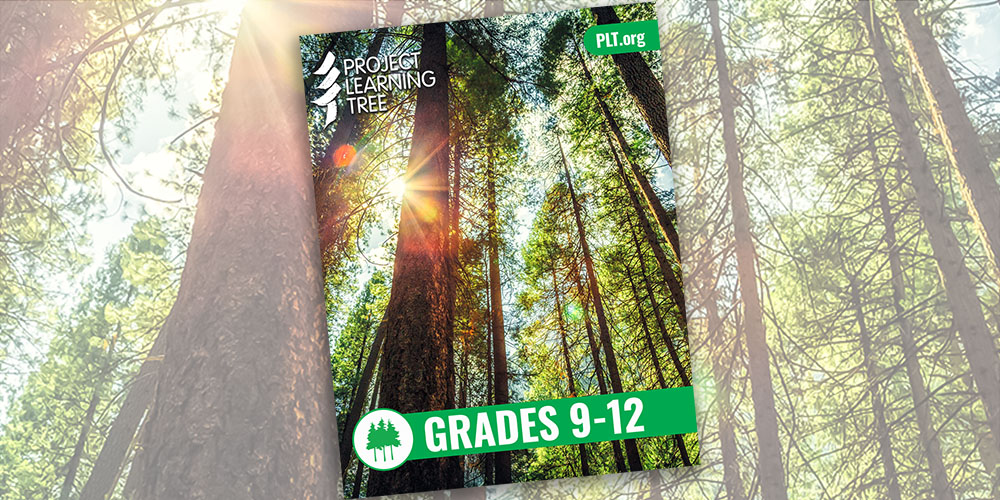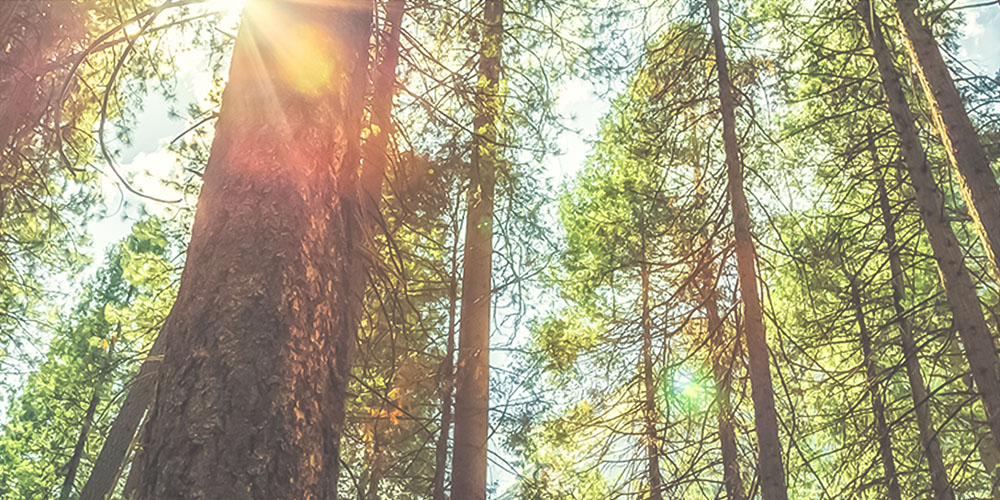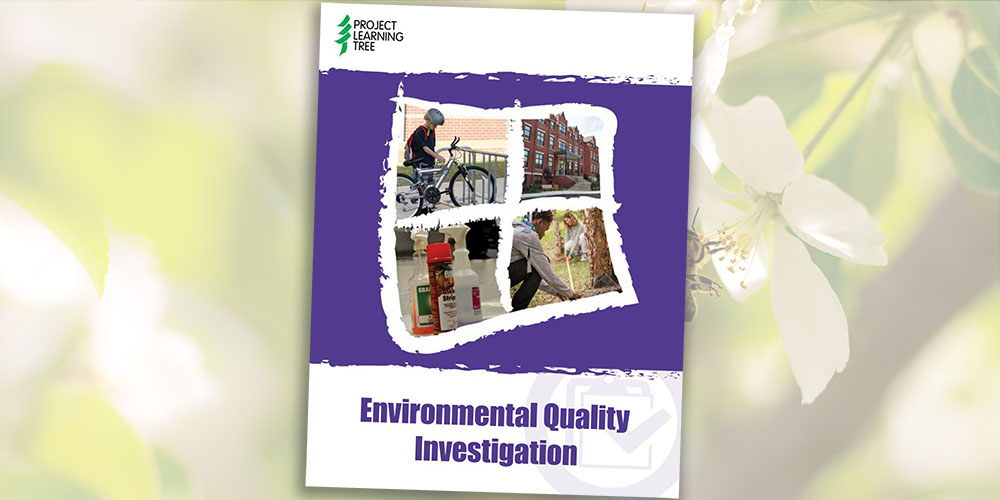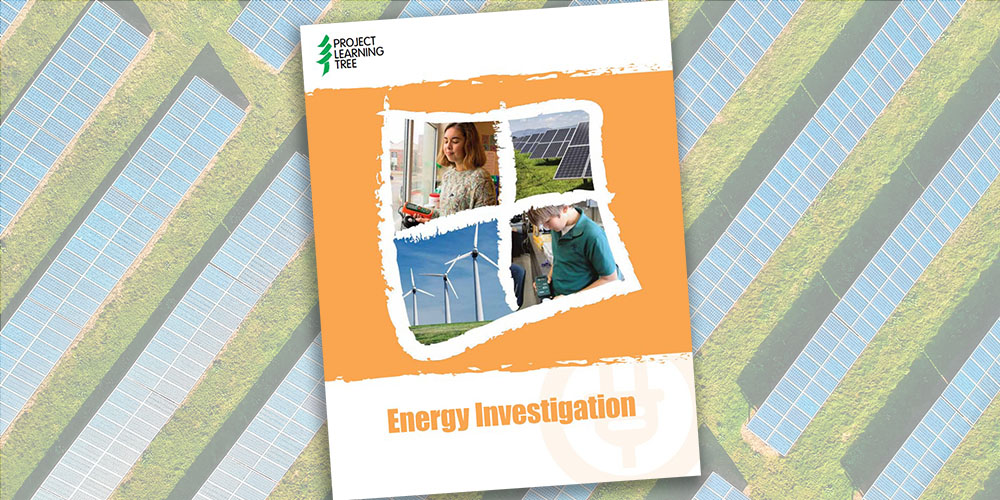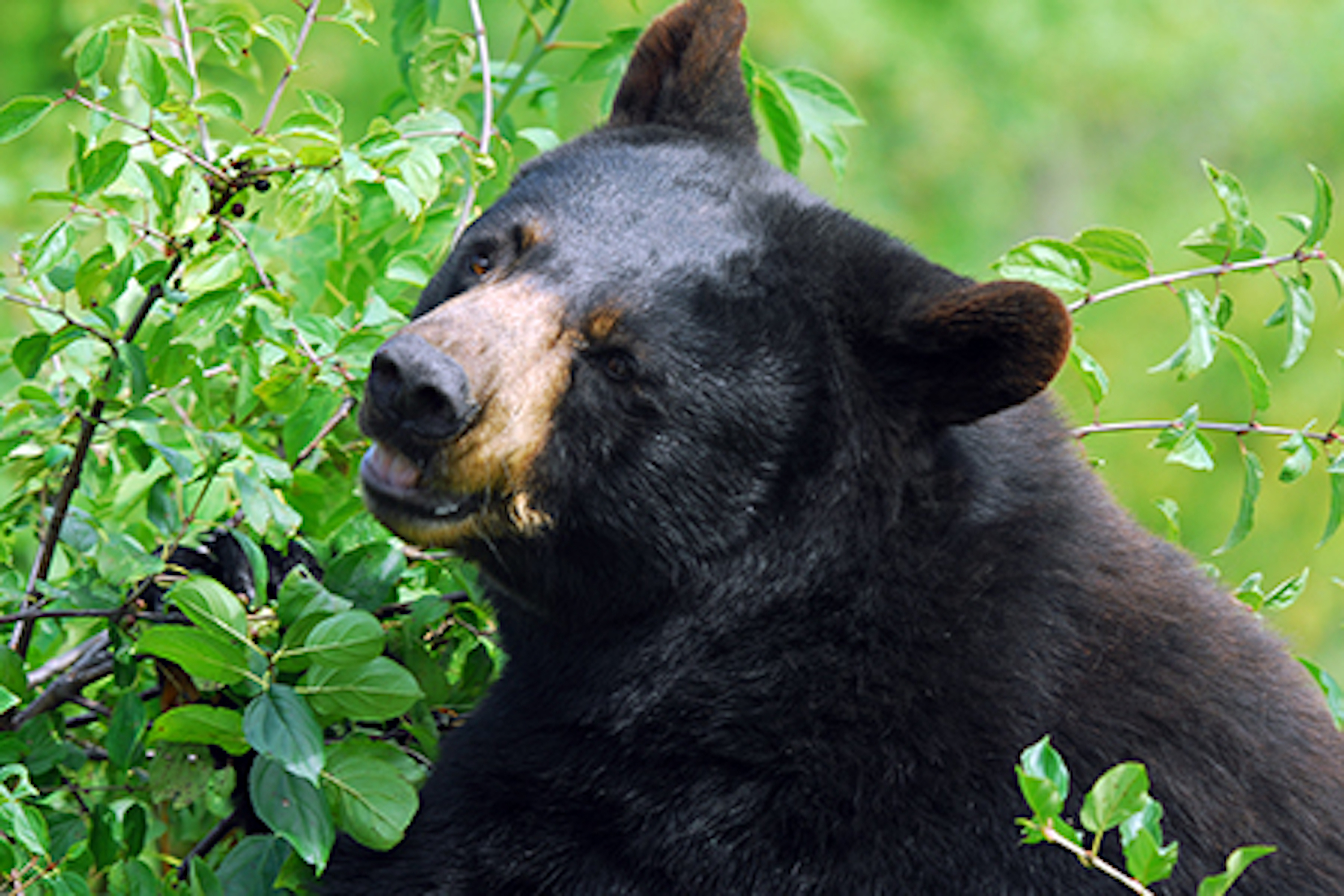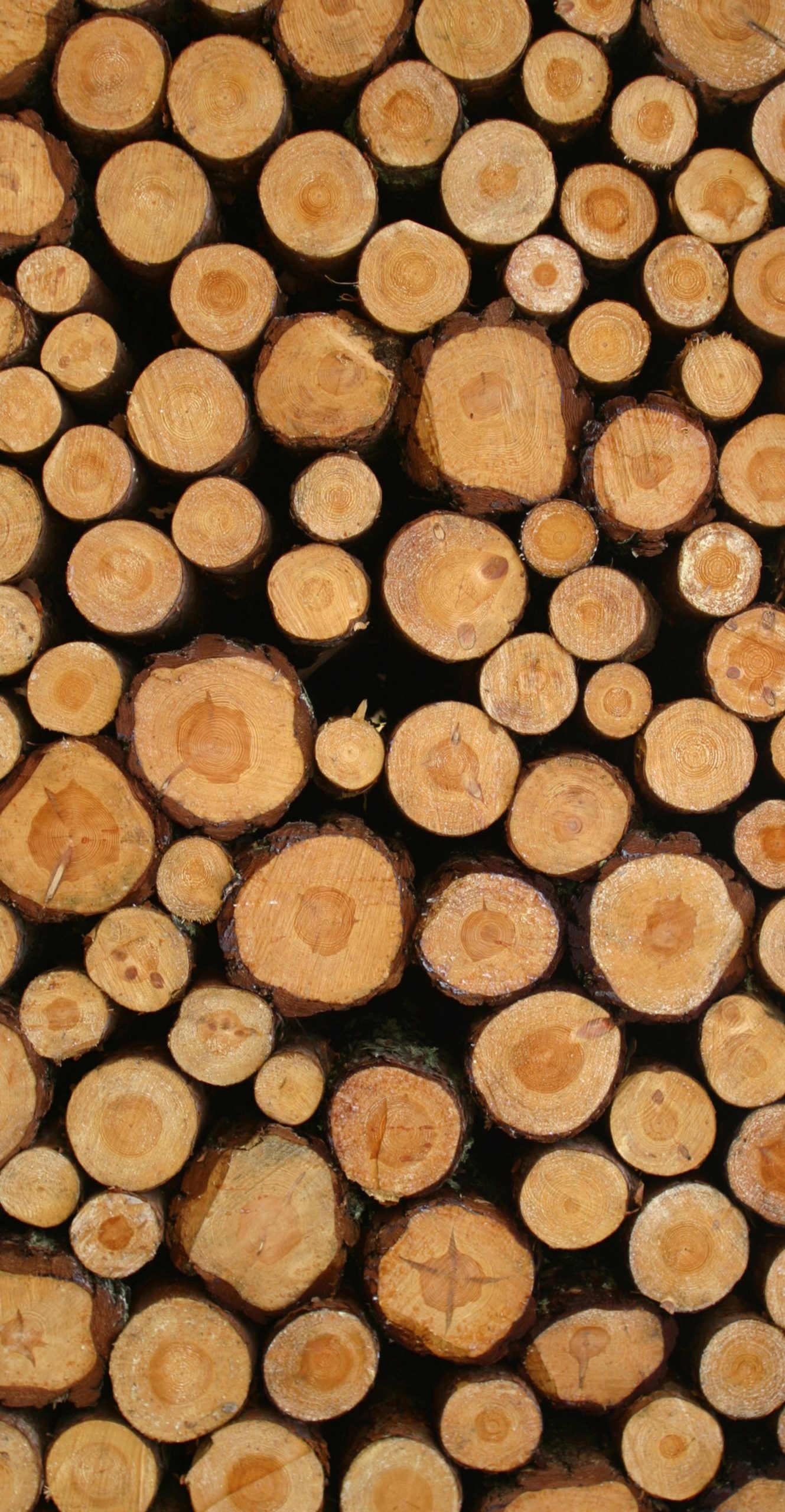Southeastern Forests & Climate Change
Project Learning Tree’s Southeastern Forests and Climate Change e-unit is designed for educators seeking to teach high school students about climate change impacts on forest ecosystems, the role of forests in sequestering carbon, and strategies for reducing greenhouse gas emissions and adapting to changing climatic conditions.
Features
- 14 experiential activities. Six activities are applicable nationwide, not just to southeastern forests, and guidance is provided to easily adapt the other eight activities to any region.
- Student-friendly introductory videos
- Downloadable student worksheets and teacher pages
- Focus on STEM
- Academic standards correlations for the Next Generation Science Standards (NGSS)
- Connections to other academic subjects such as agriculture, social studies, and English language arts
- Regional adaptations for Illinois, Kentucky, Tennessee, and Missouri developed by PLT’s State Coordinators.
Activities
Activities in this e-unit build on basic concepts about climate, the forest carbon cycle, forest ecosystems, and genetics. With its application of climate change to forest ecosystems and management, this e-unit is best suited for use by life science, biology, agriculture, and environmental science teachers. The activities are designed for students in grades 9 through 12, though can be easily adapted for middle school or college students.
Reviews
“I especially appreciated the lack of bias in the module. I mean forests were not always portrayed as the ‘savior of the climate’. A diversity of perspectives were included.” – Middle School Science Teacher, Arkansas
“The activities help make the research questions meaningful, and the videos with graduate students help convey the relevance on current scientific endeavors.” – PLT Facilitator, Florida
“This activity [Stepping through Climate Science] not only introduces climate change, but also reviews how scientific evidence from different sources over time leads to new discoveries and further research. This evidence can also create new governmental policy or change outdated policy.” – Environmental Science and AP Environmental Science Teacher, Florida
Adventures in Life Cycles Assessment
Students investigate life cycle assessment data for three types of outdoor dining furniture (plastic resin, cast aluminum, and pine) and make conclusions about the relative impact of the products on global climate change.
Atlas of Change
Students use the online resources, the Climate Change Atlas from the US Forest Service to explain the effects of climate change on the future distribution of suitable habitats for forest types, tree species, and bird species in the southeastern US.
Carbon on the Move
Students imagine they are a carbon atom and take part in a simulation that allows them to cycle through biological and physical systems.
Clearing the Air
Students learn about the scientific evidence supporting climate change, use this information to evaluate and improve conclusions some people might draw about climate change, and participate in a role-play to negotiate solutions.
Counting Carbon
Students calculate the amount of carbon stored in individual trees near their school, then they compare the carbon sequestration potential for land-use types in their state and compare it to the amount of carbon released by human activities.
Future of Our Forests
Students review what they have learned in this module by compiling a report of the future of forests in Southeast US. Students can share their knowledge by writing a letter to their state or county forester, city arborist, local newspaper, etc.
Life Cycle Assessment Debate
After a debate where students compare products, students develop a set of life cycle questions that con be used to guide their consumer choices.
Managing Forest for Change
Students explore the connection between forests, climate change impacts, and management strategies for creating resilient forests, and then draw these connections in a system diagram, a tool that helps them see the system.
Mapping Seed Sources
Students use growth data from loblolly pine forests to identify genetically different populations and project where trees with certain characteristics are likely to thrive in changing climatic conditions.
Stepping through Climate Science
Students create a timeline of climate science over the past 200 years and gather information from U.S. Forest Service video about climate mitigation and adaptation strategies for forests.
The Carbon Puzzle
Students assess a series of facts to understand how to manage a plantation forest to maximize the removal of atmospheric carbon as they practice cooperative learning and graph interpretation skills.
The Changing Forests
In small groups, students learn about research that is helping forest managers monitor and respond to climate change using new tools and management techniques.
The Real Cost
Through a simulated shopping activity, students learn about life cycle assessments and the potential impact of their consumer choices on the environment. How do we make decisions about the products we buy?
Login to download supporting materials such as appendices and teaching tips.
Login
 Get this Guide
Get this Guide
 Find Training
Find Training
